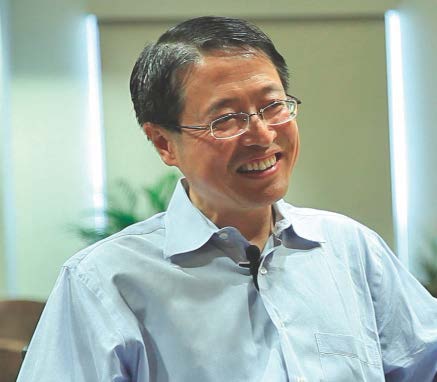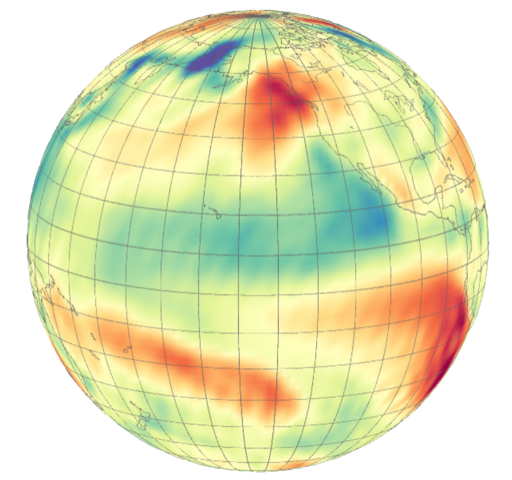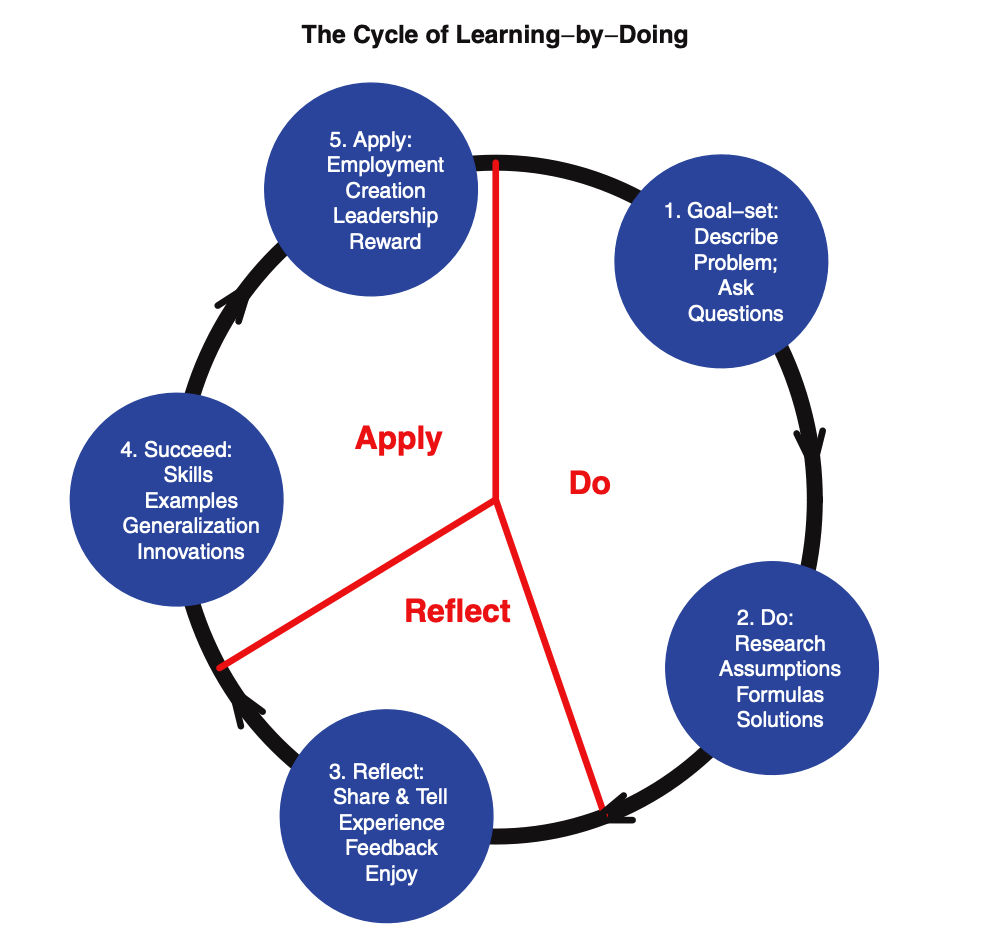




We follow the education theory of learning-by-doing, which in our case means using your computer and our R or Python code to interact with our book and modifying our computer codes and websites to analyze your own data and generate corresponding figures. Learningby-doing is the core methodology of the progressive education of John Dewey (1859– 1952), an American philosopher and educator. Dewey felt that the experience of students and teachers together yields extra value for both. Instructors are not just to lecture and project authority, instead they are to collaborate with students and guide students to gain experience of solving problems of their interest. Although Dewey’s education theory was established initially for schoolchildren, we feel that the same is applicable to undergraduate and graduate students. Our way of learning-by-doing is to enable students to use R or Python code and other resources in the book and its website to reproduce the figures and numerical results in the book. Further, students can modify the computer code and solve their own problems, such as visualizing the climate data in a similar format and of their own interest, or analyzing their own data using a similar or a modified method. Thus, audience interaction is the main innovative feature of our book, allowing the audience to gain experience of practicing, thinking, applying, and consequently understanding. The ancient Chinese educator Confucius (551–479 BC) said, “I hear, and I forget; I see, and I remember; and I do, and I understand.” Although John Dewey and Confucius were more than 2,000 years apart, they had a similar philosophy of learning-by-doing.

Figure 0.1. John Dewey’s pedagogy of learning-by-doing: A cycle from a problem to skill training via solving a problem, to reflection, to success and applications, and to reward and new problems. It is a cycle of understanding and progress. The size of each piece of the “Do, Reflect, Apply” pie approximates the proportion of the learning effort. “Do” is emphasized here, indicated by the largest piece of the pie.
As illustrated in Figure 0.1, our pedagogy has three stages: do, reflect, and apply. Coauthor S. S. P. S. practiced this pedagogy in recent years. He presents a question or a problem at the beginning of a class. Then he asks students to orally ask the same question, or describe the same problem, or answer his question in their own words. For example, why is the tiny amount of carbon dioxide in the atmosphere important for climate change? Next, he and students search and re-search for data and literature, work on the observed carbon dioxide data at Mauna Loa using computer data visualization, and discuss the structure of greenhouse gasses whose molecules have three or more atoms. To understand the data better, they use more data analysis methods, such as the time series decomposition. Next, he encourages his students to share this experience with their grandparents, other family members, or friends. Finally, students apply the skills gained to solve their own problems with their own data, by doing homework, working on projects, finding employment, or making innovations. In this cycle, students have gathered experience and skills to improve their life and to engage with the community. In the short term, students trained in this progressive cycle of learning-by-doing have a better chance of becoming good problem solvers, smooth story narrators, and active leaders in a research project in a lab or an internship company, and consequently to become competitive in the job market. In the long term, students trained in this cycle are likely to become to life-time learners and educators. John Dewey said: “Education is not preparation for life but life itself.” We would like to modify this to “Education is not only preparation for a better life, but also is life itself.”
Dewey’s progressive education theory is in a sharp contrast to the traditional learning process based on the logic method, which aims at cultivating high-achieving scholars. The commonly used pedagogy of lecture-read-homework-exam often uses the logic-based approach. The climax of logic-based education is that the instructors have the pleasure of presenting their method and theory, while students are so creative that they will produce a new or a better theory. Many outstanding scholars went through their education this way, and many excellent textbooks were written for this approach. However, our book does not follow this approach, since our book is written for the general population of students, not just for the elite class or even scholars-to-be. If you wish to be such an ambitious scholar, then you may use our book very differently: you can read the book quickly and critically for gaining knowledge instead of skills, and skip our reader–book interaction functions.
Our pedagogy is result-oriented. If using car-driver and car-mechanic as metaphors, our book targets the 99% or more who are car-drivers, and provides some clues for the less than 1% of the audience who wish to become car-mechanics. Good drivers understand the limits of a car, are sensitive to abnormal noise or motion of a car, and can efficiently and safely get from A to B. Therefore, this book emphasizes (i) assumptions of a method, (ii) core and concise formulas, (iii) product development by a computer, and (iv) result interpretation. This is in contrast with traditional books, which are often in an expanded format of (ii) with many mathematical derivations, and challenge the mathematical capability of most readers. Our philosophy is to minimize the mathematical challenge, but to deepen the understanding of the ideas using visual tools and using storytelling experience. Our audience will be able to make an accurate problem statement, ask pointed questions, set up statistical models, solve the models, and interpret solutions. Therefore, instead of aiming our training at the few “mechanics” and thus incurring a high risk of failure, we wish to train a large number of good “drivers” with a large probability of success.